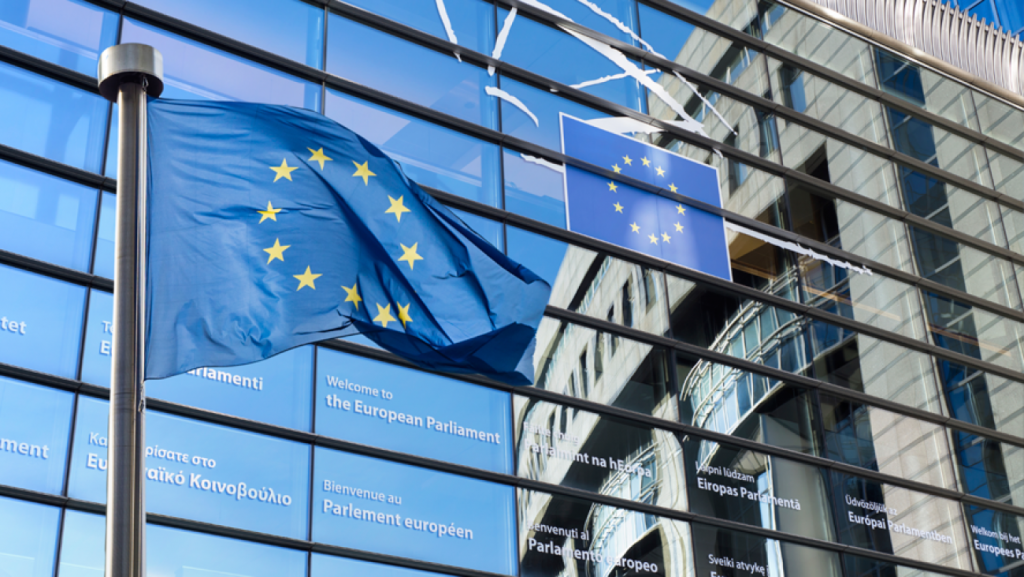
Recently Celent’s Ashley Longabaugh published a report titled ePrivacy Regulation:Taking GDPR One Step Further. In her research, Ashley Longabaugh, found the regulation is one of the key pillars of the EU’s Digital Single Market Strategy and aims to protect all natural and legal persons’ right to private electronic communications and protect the information stored in those persons’ terminal equipment. The ePR attempts to “future proof” all forms of electronic communications and would potentially go live in Spring 2020.
This ePrivacy Regulation was first published in January 2017 as a proposal text and aims to be an update of the EU’s existing ePrivacy legal framework, more specifically the EU ePrivacy Directive which goes back to 2002 and was revised in 2009. Its most notorious addition was to require prior consent regarding cookies.
Since then the Directive on Privacy and Electronic Communications (Directive 2002/58/EC and the 2009 update, Directive 2009/136) often was called the cookie law by the marketers and Internet professionals among us (and is the reason why you see cookie consent popups on many websites, including ours) since it became national law in EU countries with a gradual implementation, national differences and, let’s say relatively inconsistent enforcement across these countries. Indeed, just as was the case with the pre-decessor of the GDPR or General Data Protetion Regulation.
But as it stands now, the ePrivacy Regulation (ePR) is the lesser known counterpart to Europe’s latest data management regulation: the General Data Protection Regulation (GDPR). ePR takes GDPR a step further by addressing the confidentiality of electronic communications, and the tracking of internet users. This report looks at the implications epR has on wealth managers’, including but not limited to their interaction with customers, innovation of digital tools, segmentation of clients, and storage of data.
“On the positive side, the availability of data can lead to the dispersion of financial services to the otherwise underbanked individual, tailored products and services, and an enhanced client experience. On the other hand, customers could face the risk of potential exclusion of products and services because of a perceived less than ideal client profile, as well as financial fraud, and loss of privacy if laws of consent are not abided by,” says Ashley Longabaugh, an analyst with Celent’s Securities & Investments practice.
“The financial services industry, including the wealth management industry is reliant on the secure transfer of confidential data. The increasing usage, dependence, and expectation of using digital tools, particularly those that track clients’ online behaviour, has embedded itself in the business models of financial institutions; the implementation of the ePR will be another disruptive force in the industry,” she added.
HedgeThink.com is the fund industry’s leading news, research and analysis source for individual and institutional accredited investors and professionals





































